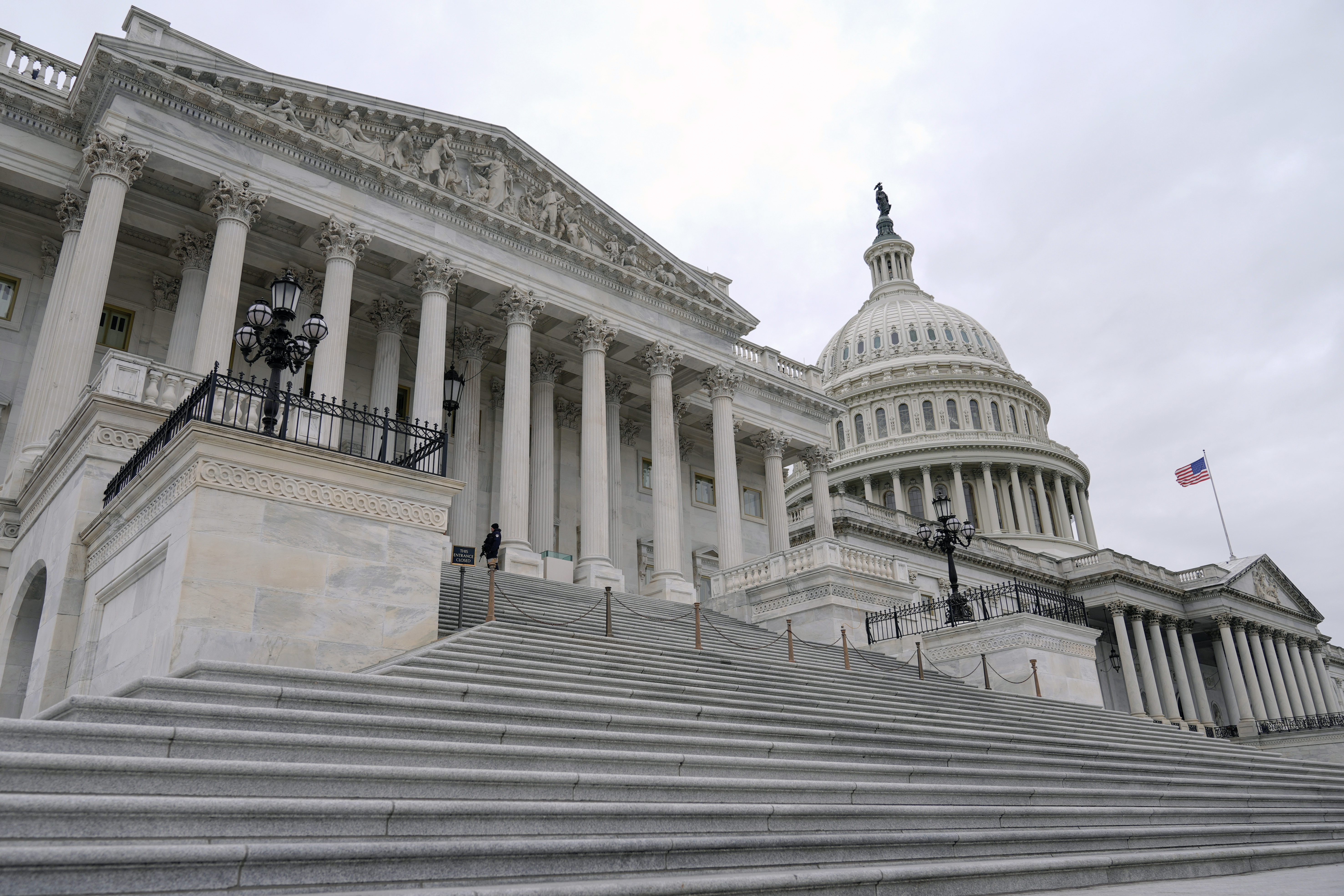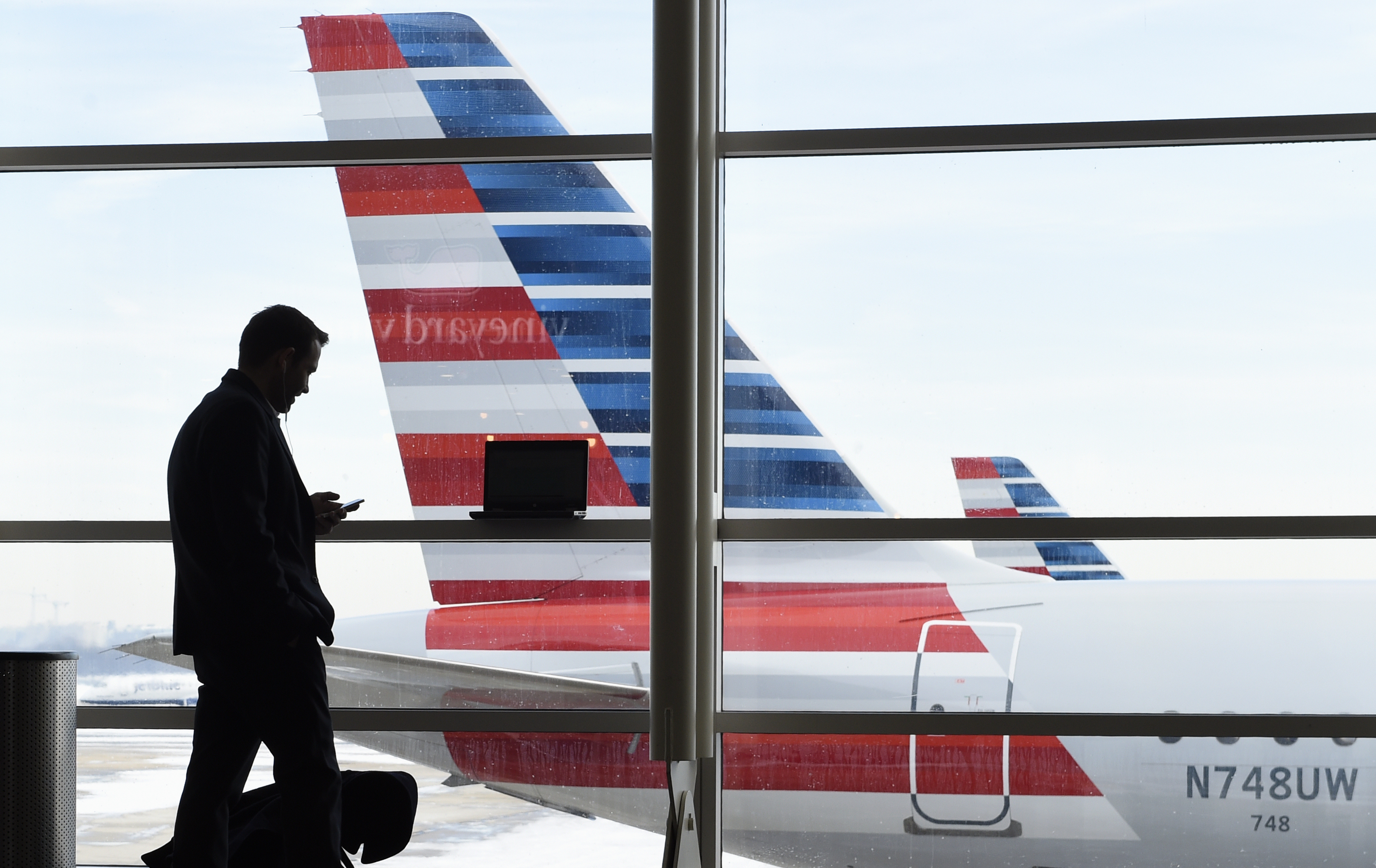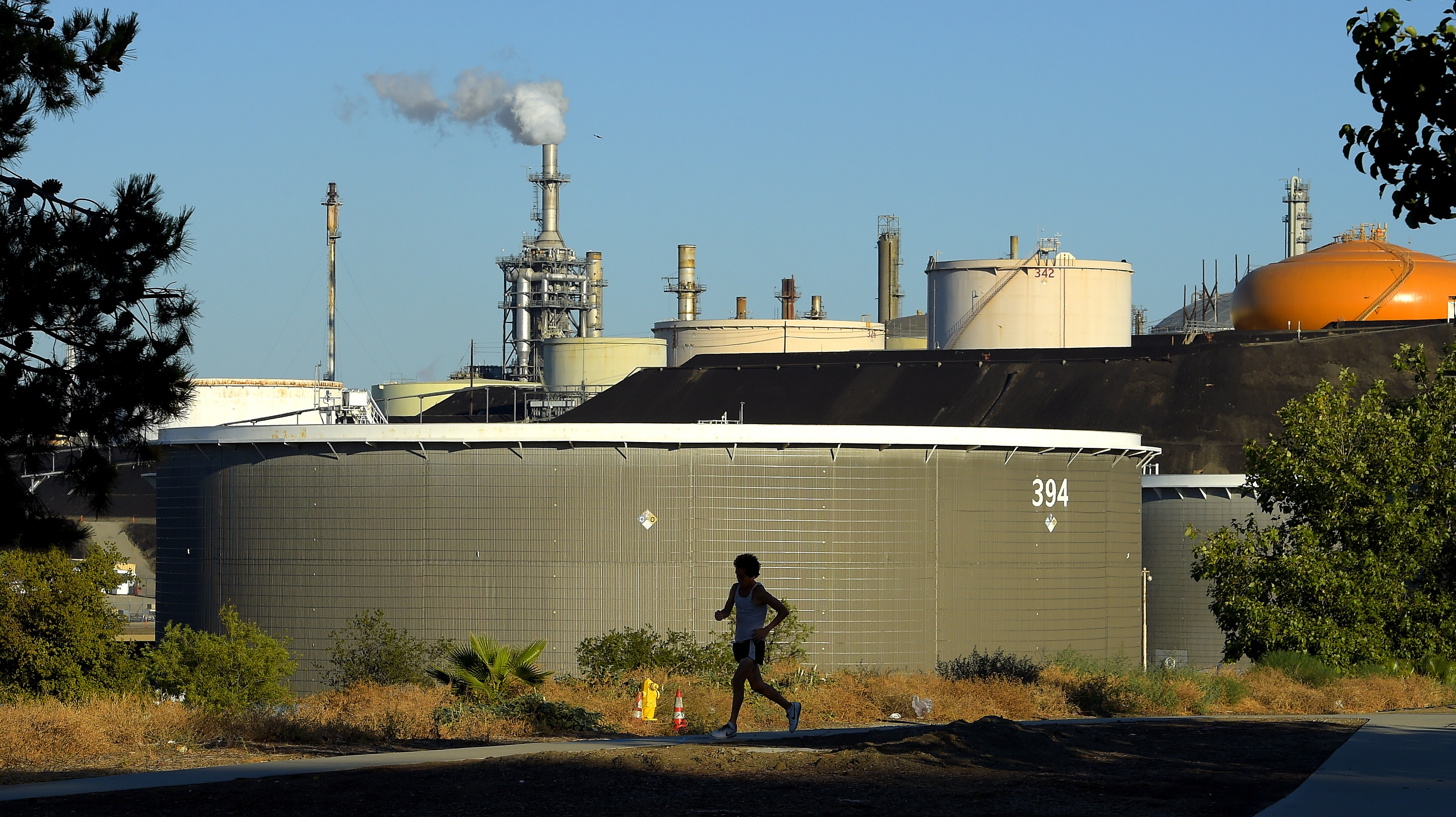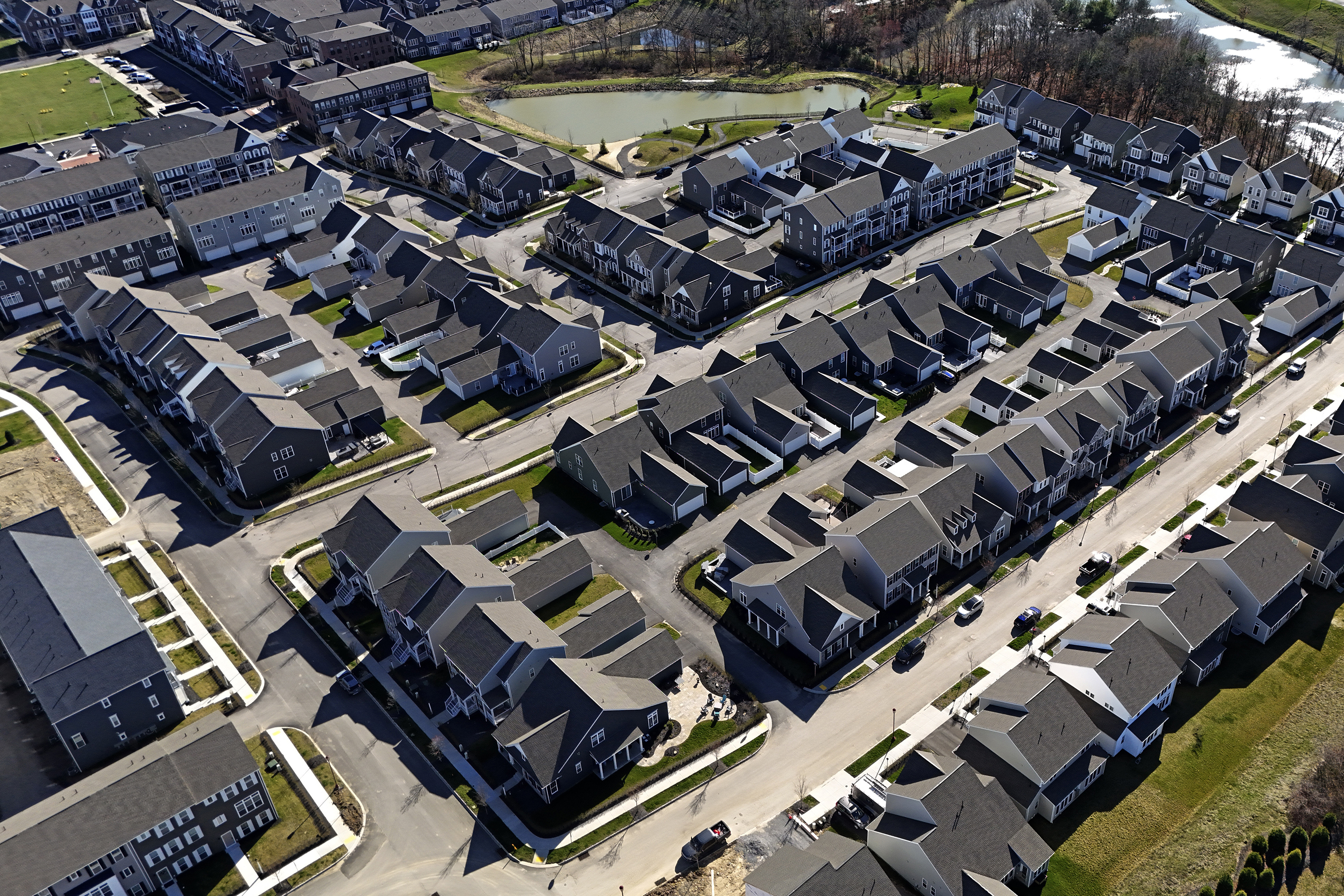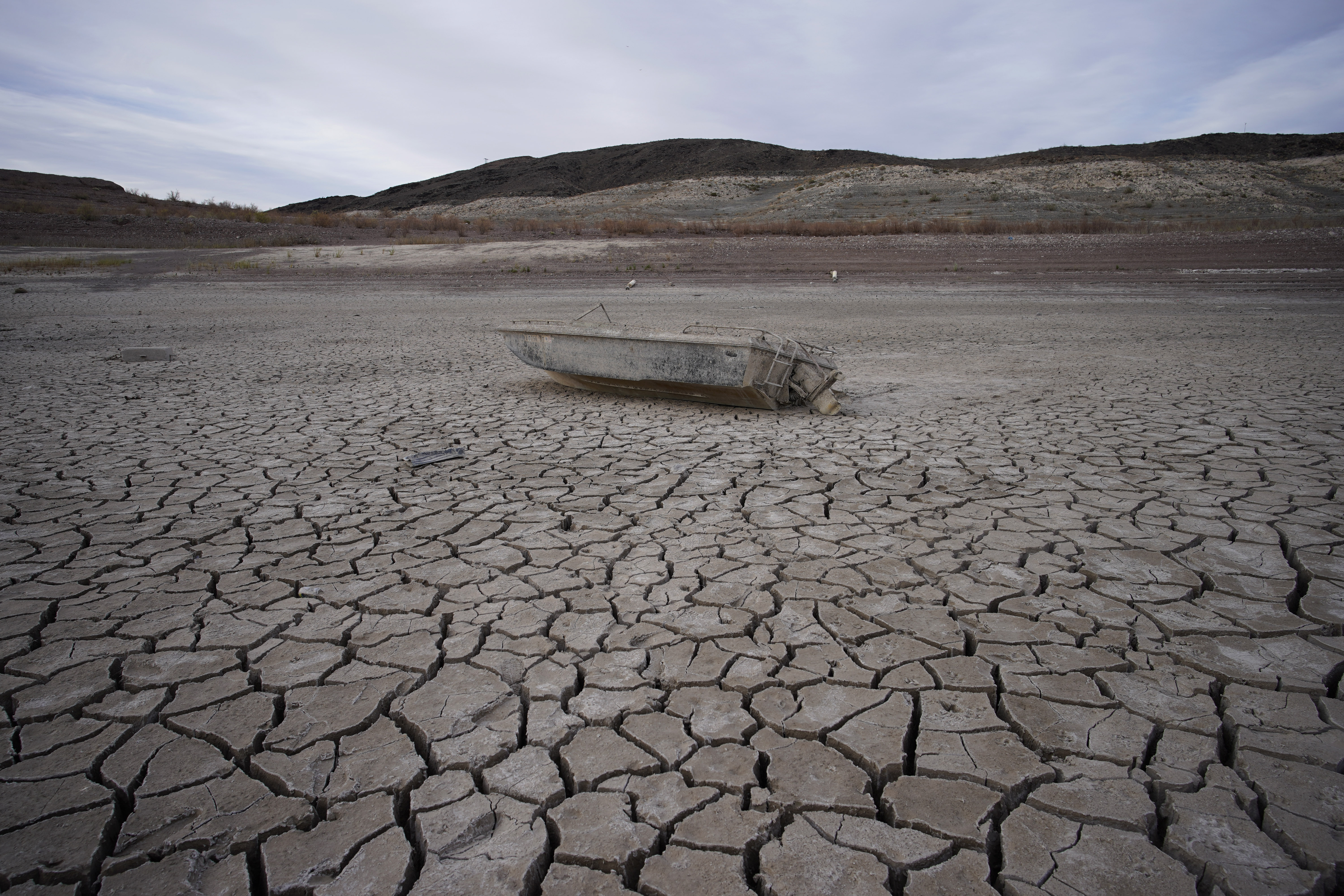(WHTM) — Now with Thanksgiving behind us and Christmas just a month away, everyone will be waiting for the snow to fall to make it a white Christmas.
But, what exactly is snow and how does it form? Also, why do two snowflakes never look alike?
According to the National Snow and Ice Data Center (NSIDC), snow is the accumulation of water vapor that turns into ice crystals. It is formed when the temperature in the atmosphere is at or below freezing. If the temperature near the ground is also at or below freezing, the snow can stick and accumulate on the surface.
The National Oceanic and Atmospheric Administration (NOAA) explains that a snowflake is formed when one of those extremely cold water droplets freezes on a pollen or dust particle in the sky, which in turn creates an ice crystal. As the ice crystal falls to the ground, water vapor freezes onto the primary crystal, building new crystals.

Those ice crystals reflect the internal order of their water molecules, which arrange themselves in predetermined spaces to form the six-sided snowflake. This process is called crystallization.
Temperature and humidity can impact what snowflakes look like.
Those that appear more flat form at lower temperatures such as the 0s and 10s, compared to long needle-like crystals that form when the temperature is in the 20s and 30s.
As the crystal falls, it may encounter different atmospheric conditions. The flake’s six arms may grow one way at first but may grow in a different way after a few thousand feet.
The reason why no two snowflakes are exactly alike is that every single snowflake that falls to earth takes a different path. The slightest change in the path of a snowflake can change its shape. Even the atmospheric conditions, which may seem the same to us, differ as each snowflake falls to the ground.
Because of this, no two snowflakes will ever be exactly alike but will retain a similar color, and a similar lacy look to them.



